-
 Bitcoin
Bitcoin $118800
-0.34% -
 Ethereum
Ethereum $4237
-0.62% -
 XRP
XRP $3.141
-1.79% -
 Tether USDt
Tether USDt $1.000
0.00% -
 BNB
BNB $808.8
0.01% -
 Solana
Solana $175.2
-3.73% -
 USDC
USDC $0.0000
0.01% -
 Dogecoin
Dogecoin $0.2238
-4.06% -
 TRON
TRON $0.3466
2.21% -
 Cardano
Cardano $0.7761
-3.07% -
 Hyperliquid
Hyperliquid $43.18
-4.79% -
 Chainlink
Chainlink $21.07
-3.83% -
 Stellar
Stellar $0.4347
-2.12% -
 Sui
Sui $3.686
-4.85% -
 Bitcoin Cash
Bitcoin Cash $581.5
1.78% -
 Hedera
Hedera $0.2488
-4.10% -
 Ethena USDe
Ethena USDe $1.001
-0.03% -
 Avalanche
Avalanche $22.89
-3.94% -
 Litecoin
Litecoin $120.0
-2.10% -
 Toncoin
Toncoin $3.394
1.58% -
 UNUS SED LEO
UNUS SED LEO $8.976
-1.54% -
 Shiba Inu
Shiba Inu $0.00001297
-4.26% -
 Uniswap
Uniswap $11.08
0.60% -
 Polkadot
Polkadot $3.873
-4.40% -
 Cronos
Cronos $0.1682
2.02% -
 Dai
Dai $1.000
0.00% -
 Ethena
Ethena $0.8056
-2.09% -
 Bitget Token
Bitget Token $4.413
-0.95% -
 Monero
Monero $264.4
-0.70% -
 Pepe
Pepe $0.00001122
-7.04%
Bitcoin Exchange with the highest leverage multiple in 2025
In 2025, leverage Bitcoin trading offers high returns but carries significant risk; researching reputable exchanges with the highest leverage multiples, while prioritizing regulatory compliance and robust security, is crucial.
Mar 18, 2025 at 02:55 pm
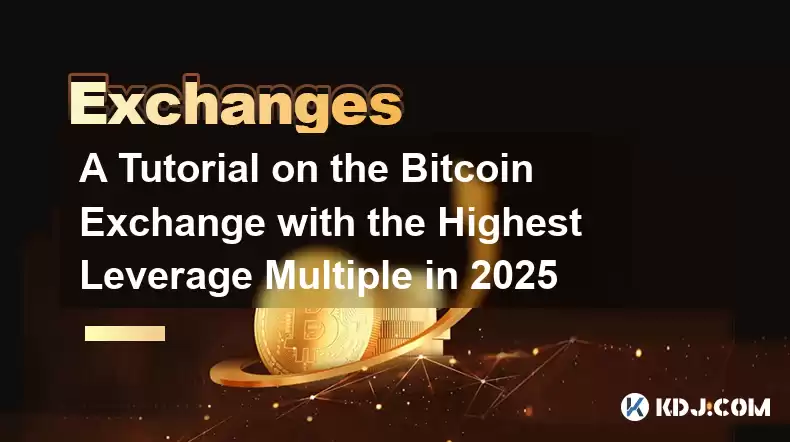
Increased Volatility Exposure: Bitcoin is already a highly volatile asset. When high leverage is applied, even small price fluctuations can lead to substantial gains or losses. For instance, a 1% price movement against a position with 100:1 leverage can result in a 100% loss of the initial investment.
Margin Calls: Exchanges require traders to maintain a certain level of margin in their accounts. With high leverage, a small adverse price movement can quickly deplete the margin, triggering a margin call. If the trader fails to meet the margin call, the exchange may liquidate the position, resulting in significant losses.
Online Cryptocurrency Forums: Platforms like Reddit's r/CryptoCurrency and Bitcointalk are excellent sources of information. Traders often share their experiences and insights about different exchanges, including the leverage options available. You can search for threads discussing the highest - leverage Bitcoin exchanges in 2025. Look for recent posts as the cryptocurrency landscape is constantly evolving, and new exchanges or changes in existing ones occur frequently.
Cryptocurrency Review Websites: Websites such as CoinMarketCap, CoinGecko, and CryptoCompare not only provide information about the prices and market capitalizations of various cryptocurrencies but also offer reviews and comparisons of different exchanges. They often include details about the leverage ratios offered by different platforms. Pay attention to the user reviews and ratings on these sites, as they can give you an idea of the exchange's reliability and user - friendliness.
Exchange Websites: Visit the official websites of the top - ranked exchanges identified through your initial research. Navigate to their trading or derivatives sections, where you will find information about the available leverage options. Some exchanges may offer fixed leverage ratios, such as 50:1 or 100:1, while others may have a more flexible range. Make a list of the exchanges and their corresponding maximum leverage ratios.
Demo Accounts: Many exchanges offer demo accounts that allow you to practice trading with virtual funds. Sign up for demo accounts on the exchanges you are considering. This will give you a hands - on experience of how the leverage works on their platforms. You can test different trading strategies and observe how the leverage affects your positions without risking real money.
Regulatory Compliance: In 2025, regulatory scrutiny of cryptocurrency exchanges has increased in many regions. Ensure that the exchange you choose is compliant with relevant regulations. A regulated exchange is more likely to operate in a transparent and secure manner. Check if the exchange is licensed in its jurisdiction of operation. Some well - regulated exchanges may have limitations on the leverage they can offer due to regulatory requirements, but they provide a higher level of safety for your funds.
Security Features: Look for exchanges that have robust security measures in place. This includes features such as two - factor authentication (2FA), cold storage for a significant portion of user funds, and regular security audits. A secure exchange will protect your trading capital and personal information from potential hacks and frauds. You can research the exchange's security history and any past security incidents to assess its reliability.
Visit the Exchange Website: Once you have identified the Bitcoin exchange with the highest leverage multiple that meets your requirements, go to its official website. Look for the "Sign Up" or "Register" button, usually located at the top - right corner of the homepage.
Provide Personal Information: You will be required to fill out a registration form. This typically includes your name, email address, and creating a strong password. Some exchanges may also ask for additional information such as your country of residence and phone number for verification purposes.
Agree to Terms and Conditions: Read the exchange's terms and conditions carefully. This document outlines the rules and regulations governing your use of the exchange, including the trading terms, fees, and any limitations or liabilities. Make sure you understand and agree to these terms before proceeding.
Identity Verification: Most exchanges in 2025 require identity verification as part of their anti - money laundering (AML) and know - your - customer (KYC) procedures. This usually involves uploading a copy of a government - issued photo ID, such as a passport or driver's license. Some exchanges may also ask for a proof of address, such as a recent utility bill or bank statement.
Document Submission: Follow the instructions provided by the exchange to submit your verification documents. The exchange may have specific requirements regarding the format and quality of the documents. Make sure the information on the documents is clear and legible.
Verification Timeframe: The verification process can take anywhere from a few hours to several days, depending on the exchange and the volume of verification requests they are handling. During this time, you may not be able to access all the trading features, including high - leverage trading. Be patient and check the status of your verification regularly.
Cryptocurrency Deposits: Most Bitcoin exchanges support deposits in various cryptocurrencies. To deposit Bitcoin or other cryptocurrencies, navigate to the "Deposit" section of the exchange. You will be provided with a unique wallet address for the cryptocurrency you want to deposit. Copy this address and initiate a transfer from your external cryptocurrency wallet. Make sure to double - check the address to avoid sending funds to the wrong destination.
Fiat Currency Deposits: Some exchanges also allow you to deposit fiat currencies such as USD, EUR, or GBP. This can usually be done through bank transfers, credit/debit card payments, or third - party payment processors. The process for fiat currency deposits may vary depending on the exchange and your location. For bank transfers, you will need to provide your bank account details and follow the instructions provided by the exchange. Credit/debit card deposits may be subject to additional fees and may have certain restrictions due to regulatory concerns.
Minimum and Maximum Deposits: Each exchange has its own minimum and maximum deposit limits. These limits can vary depending on the deposit method and your account verification level. For example, unverified accounts may have lower deposit limits compared to fully verified accounts. Make sure you are aware of these limits before attempting to fund your account. If you need to deposit a large amount, you may need to complete the full verification process and check if the exchange has any procedures for handling high - value deposits.
Log in to Your Account: Once your account is funded and verified, log in to the exchange's trading platform. The trading interface may vary depending on the exchange, but it typically includes a market overview section, order placement panels, and a charting tool.
Find the Bitcoin Trading Pair: Locate the Bitcoin trading pair you want to trade. For example, if you want to trade Bitcoin against the US dollar, look for the BTC/USD trading pair. The trading interface will usually display the current price, bid and ask prices, and trading volume for the selected pair.
Understand the Order Types: Familiarize yourself with the different order types available on the exchange. Common order types include market orders, limit orders, and stop - loss orders. A market order is executed immediately at the current market price. A limit order allows you to set a specific price at which you want to buy or sell Bitcoin. A stop - loss order is used to limit your losses by automatically triggering a sell order when the price of Bitcoin reaches a certain level.
Leverage Selection: Look for the leverage settings on the trading interface. This is usually located near the order placement panel. Select the highest available leverage multiple, but be cautious as high leverage also comes with high risks. Some exchanges may require you to confirm your choice of leverage before placing the order.
Margin Calculation: Understand how the exchange calculates the margin required for your high - leverage trade. The margin is the amount of your own capital that you need to set aside to open a leveraged position. The margin requirement is usually a percentage of the total value of the position. For example, if the margin requirement is 1% for a 100:1 leverage trade, and you want to open a position worth
10,000,youwillneedtohave100 in your account as margin.
Enter the Order Details: In the order placement panel, enter the details of your trade. This includes the type of order (market, limit, or stop - loss), the quantity of Bitcoin you want to trade, and the price (if it's a limit or stop - loss order). Review the order details carefully to ensure they are correct.
Confirm the Order: Once you are satisfied with the order details, click the "Confirm" or "Place Order" button. The exchange will then execute your order according to the specified parameters. If it's a market order, it will be filled immediately at the best available price. If it's a limit order, it will be placed in the order book and executed when the market price reaches your specified level.
Use the Charting Tool: The trading interface usually provides a charting tool that allows you to monitor the real - time price movement of Bitcoin. You can customize the chart to show different time frames, such as 1 - minute, 5 - minute, 1 - hour, or daily charts. Analyze the price trends and patterns to make informed decisions about your position.
Set Price Alerts: Many exchanges offer the option to set price alerts. You can set alerts for specific price levels of Bitcoin. For example, if you have a long position and want to be notified when the price reaches a certain profit target or a stop - loss level, you can set an alert for that price. This will help you stay updated on the market without constantly monitoring the trading platform.
Monitor Margin Level: Keep a close eye on your margin level. The margin level is the ratio of your account equity to the required margin for your open positions. As the price of Bitcoin moves, the margin level will change. If the margin level drops below the exchange's maintenance margin requirement, you may receive a margin call. To avoid this, you can either close part of your position to reduce the margin requirement or add more funds to your account.
Adjust Stop - Loss Orders: Based on the market conditions and your trading strategy, you may need to adjust your stop - loss orders. If the price of Bitcoin is moving in your favor, you can consider trailing your stop - loss order to lock in some profits. If the market becomes more volatile, you may need to widen your stop - loss to reduce the risk of premature liquidation.
Disclaimer:info@kdj.com
The information provided is not trading advice. kdj.com does not assume any responsibility for any investments made based on the information provided in this article. Cryptocurrencies are highly volatile and it is highly recommended that you invest with caution after thorough research!
If you believe that the content used on this website infringes your copyright, please contact us immediately (info@kdj.com) and we will delete it promptly.
- Dogecoin's Wild Ride: Big Holders, Price Push, and What's Next for the Meme Coin
- 2025-08-12 08:30:12
- Bitcoin to $133,000? Here's What the Experts Are Saying
- 2025-08-12 08:30:12
- Dogecoin, Meme Coins, and Whale Buys: What's the Hype?
- 2025-08-12 06:50:12
- Bitcoin, Ethereum, and the Pump-and-Dump Merry-Go-Round: A New Yorker's Take
- 2025-08-12 07:10:12
- MAGACOIN Mania: Why Holders Are Staking Their Claim in This Bull Season
- 2025-08-12 06:30:13
- Heritage Distilling's Bold Bet: A $360M IP Treasury Powered by Story Protocol
- 2025-08-12 06:30:13
Related knowledge
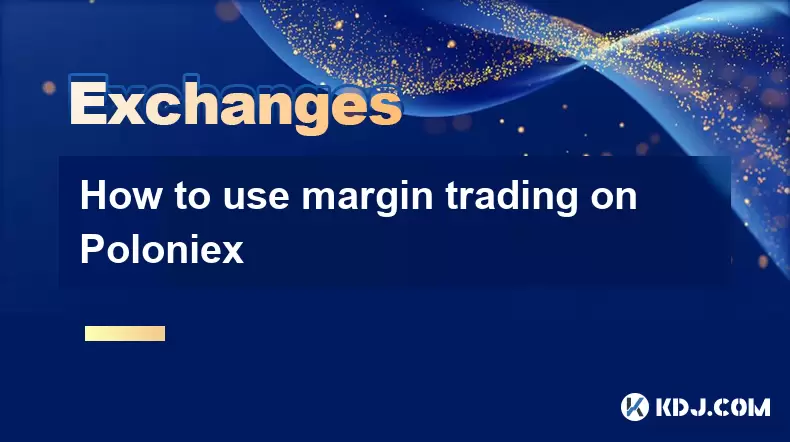
How to use margin trading on Poloniex
Aug 08,2025 at 09:50am
Understanding Margin Trading on Poloniex
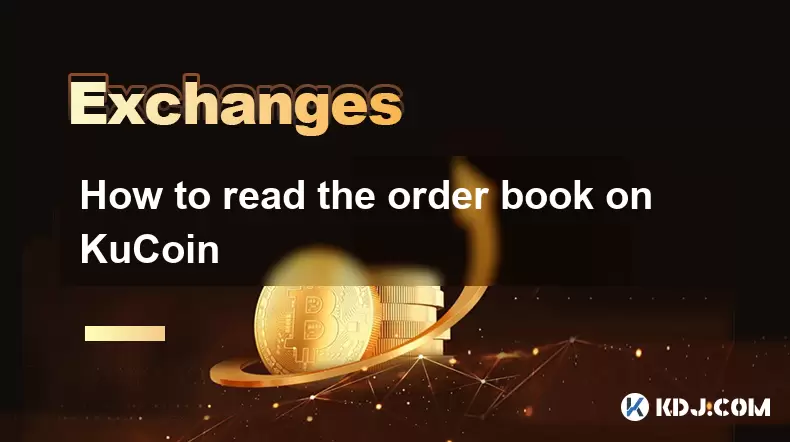
How to read the order book on KuCoin
Aug 10,2025 at 03:21pm
Understanding the Order Book Interface on KuCoinWhen accessing the order book on KuCoin, users are presented with a real-time display of buy and sell ...
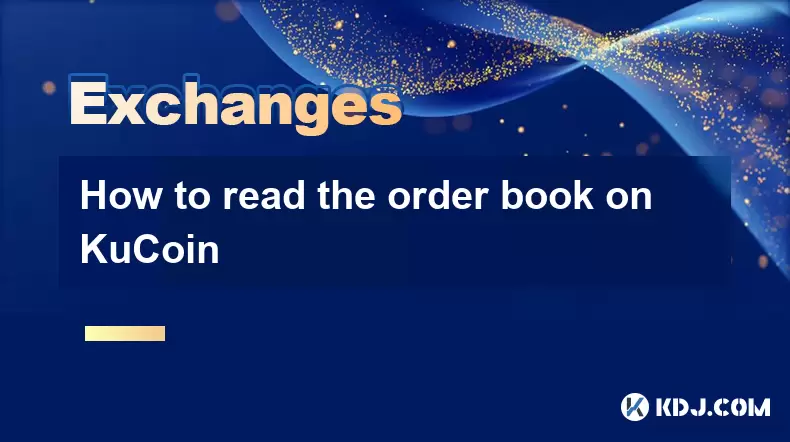
How to read the order book on KuCoin
Aug 12,2025 at 02:28am
Understanding the Basics of Staking in CryptocurrencyStaking is a fundamental concept in the world of blockchain and cryptocurrencies, particularly wi...
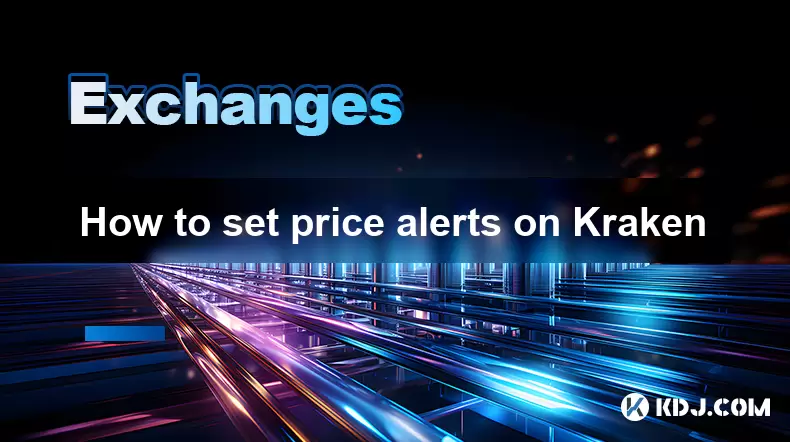
How to set price alerts on Kraken
Aug 11,2025 at 08:49pm
Understanding Price Alerts on KrakenPrice alerts on Kraken are tools that allow traders to monitor specific cryptocurrency pairs for price movements. ...
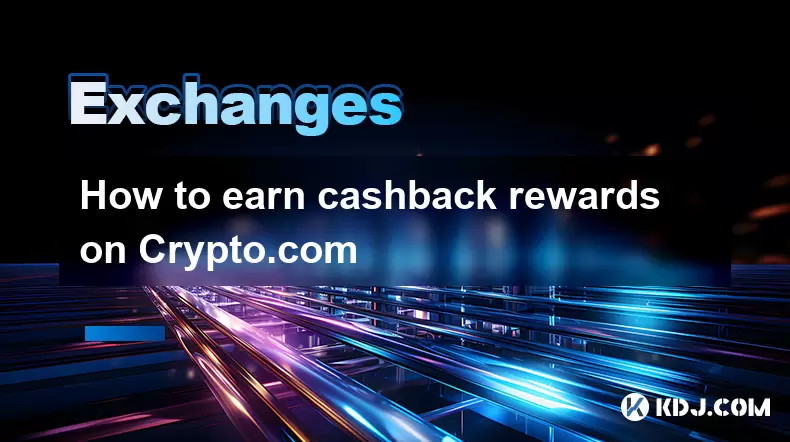
How to earn cashback rewards on Crypto.com
Aug 12,2025 at 02:08am
Understanding Cashback Rewards on Crypto.comCashback rewards on Crypto.com are a feature designed to incentivize users to spend using their Crypto.com...
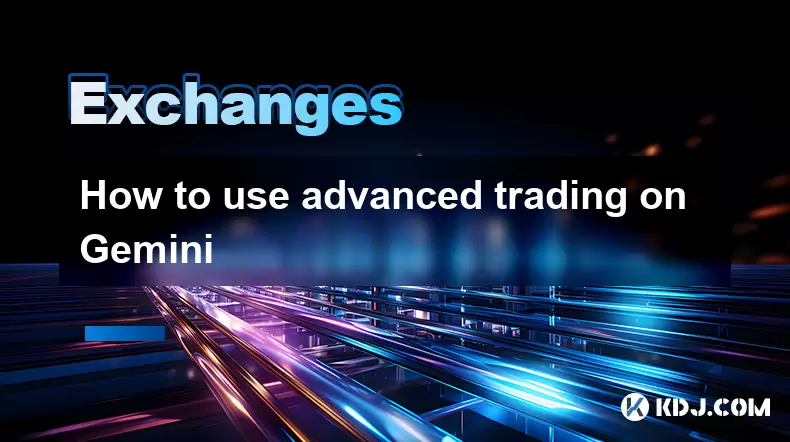
How to use advanced trading on Gemini
Aug 08,2025 at 04:07am
Understanding Advanced Trading on GeminiAdvanced trading on Gemini refers to a suite of tools and order types designed for experienced traders who wan...

How to use margin trading on Poloniex
Aug 08,2025 at 09:50am
Understanding Margin Trading on Poloniex

How to read the order book on KuCoin
Aug 10,2025 at 03:21pm
Understanding the Order Book Interface on KuCoinWhen accessing the order book on KuCoin, users are presented with a real-time display of buy and sell ...

How to read the order book on KuCoin
Aug 12,2025 at 02:28am
Understanding the Basics of Staking in CryptocurrencyStaking is a fundamental concept in the world of blockchain and cryptocurrencies, particularly wi...

How to set price alerts on Kraken
Aug 11,2025 at 08:49pm
Understanding Price Alerts on KrakenPrice alerts on Kraken are tools that allow traders to monitor specific cryptocurrency pairs for price movements. ...

How to earn cashback rewards on Crypto.com
Aug 12,2025 at 02:08am
Understanding Cashback Rewards on Crypto.comCashback rewards on Crypto.com are a feature designed to incentivize users to spend using their Crypto.com...

How to use advanced trading on Gemini
Aug 08,2025 at 04:07am
Understanding Advanced Trading on GeminiAdvanced trading on Gemini refers to a suite of tools and order types designed for experienced traders who wan...
See all articles

























































































